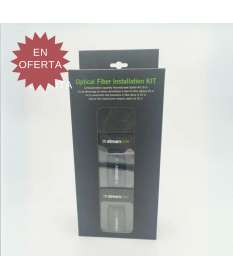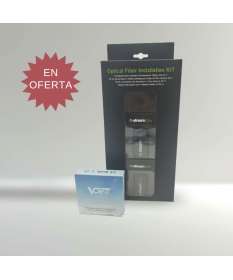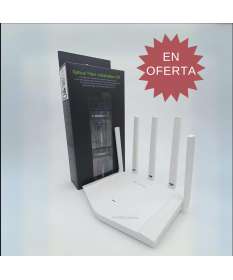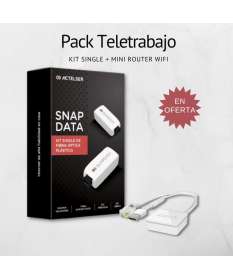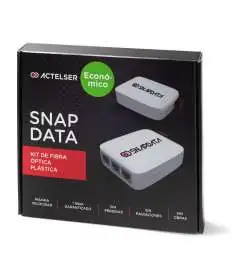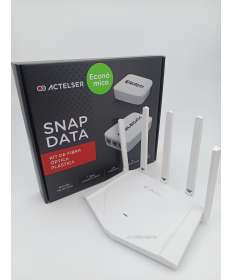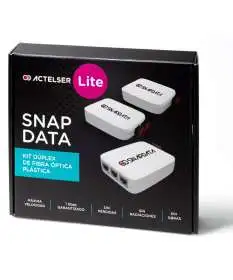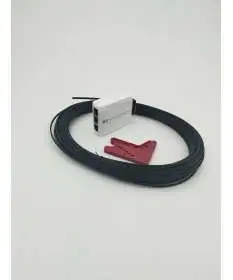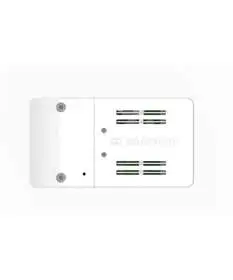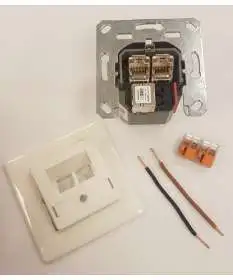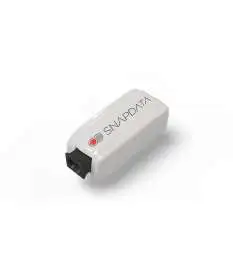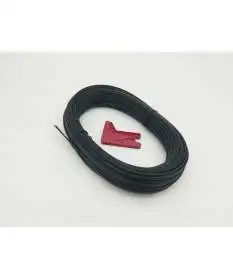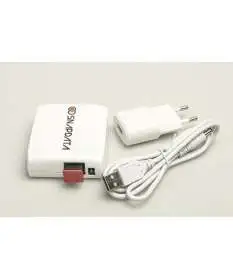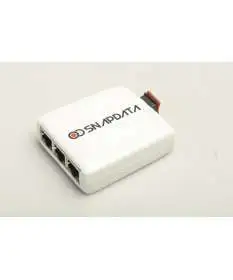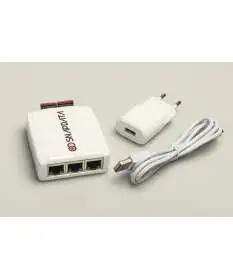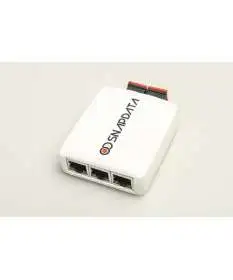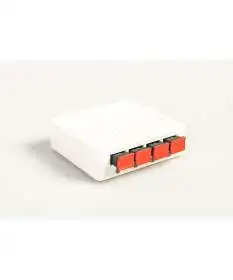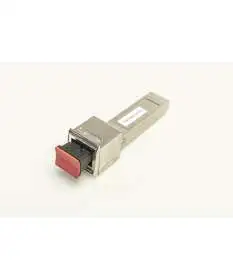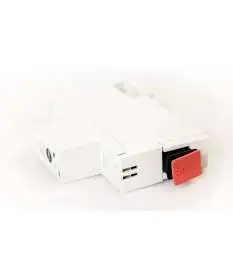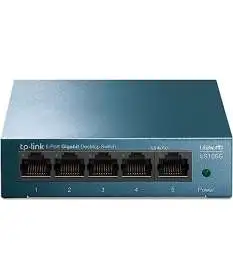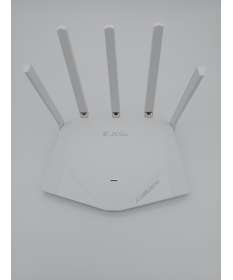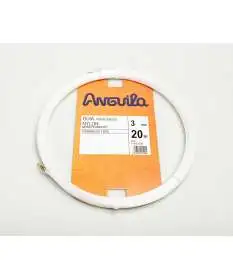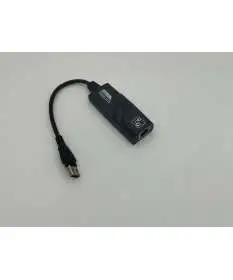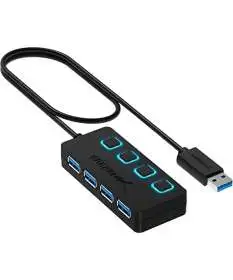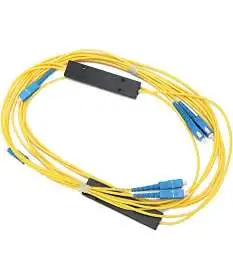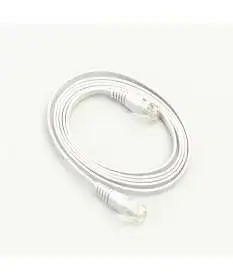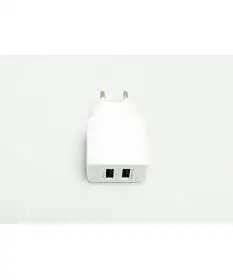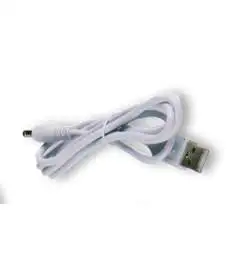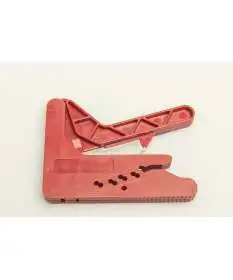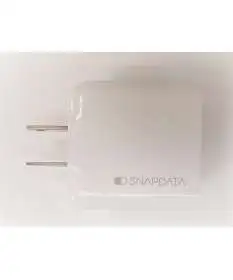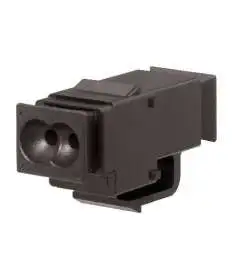With Snap Data Kits we can "clone" one or more fiber access points at 100% of the speed you have contracted and at any point in the house!
-
-
-
-
Snap Data Plastic Optical...
€210.00Compact Plastic Optical Fiber Kit: 1 Gbps Power for Your Home or Office
Maximize Your Internet Connection
4K streamers, gamers, students, and remote professionals will benefit from this ideal and accessible solution. The 1 Gbps Single Plastic Optical Fiber Kit, the most compact in our range, provides high-fidelity connectivity in your home and office.
Extend your fiber-optic connection to additional points in your space without losses, reliably and stably. Available in various cable colors (white/gray/black); 20-meter rolls come in black.

Enhance your online experience and make the most of the 1 Gbps power with the most compact Plastic Optical Fiber Kit. Don't wait any longer and optimize your connection today!
-
Snap Data Telework Pack -...
€195.00Optimize your internet performance to 100%
The Telework Kit is the most compact and optimized solution from Snap Data to forget about connectivity issues.
Ideal for ensuring quality in teleconferences, downloading large files, or minimizing latency in a room away from the router.
It transports 100% of the bandwidth you pay for without losses.
Fiber-optic quality at home within everyone's reach.
Cable color subject to availability (white/gray/black). All 20-meter rolls are black in color.
-
Economic Basic Kit of Snap...
€225.00Optimize your internet performance to 100%
A kit with all the necessary elements to carry out a plastic fiber optic installation at home. Installs an extension from the router point-to-point. Ideal for large and duplex homes. Delivers 100% of the contracted speed to the operator.
The kit is functionally the same as the Basic Kit, differing from it in that an ACT1003 is replaced by an ACT1001.
Cable color subject to availability (white/grey/black). All 20-meter rolls are black.

-
Snap Data Plastic Optical...
€265.00Optimize your internet performance to 100%

Tired of dealing with slow and unstable internet connection in your home? Fed up with WiFi repeaters or PLCs that don't provide the quality of connection you need?
This kit includes all the necessary elements to perform a plastic optical fiber installation in your home. Forget about connectivity problems and take full advantage of the bandwidth contracted with your operator thanks to this technology.
With the SNAPDATA basic kit, you can transport the signal that arrives at your router to another point in your home, creating an additional access point with fiber optic quality. What does this mean? You can enjoy a stable and high-speed connection in any part of your home, without losses or interference.
-
Snap Data Telework PLUS Pack
€205.00The Telework PLUS Kit offers enhanced configuration options by including a converter with 3 Ethernet (RJ45) outputs, allowing you to connect 3 devices simultaneously at maximum speed. Forget about connectivity issues and work from home in luxury conditions!
The Pack includes our Basic Economic Snap Data Kit with:
- 1 ACT1001 Converter featuring one Ethernet input/output and one FOP output
- 1 ACT1003 Converter with one FOP input/output and 3 Ethernet input/outputs
- A 300Mbps Vonets Wi-Fi mini-router
Ideal for ensuring high-quality teleconferences, large file downloads, or minimizing latency.
Cable color subject to availability (white/gray/black). All 20-meter rolls are black in color.
-
Plastic Optical Fiber Snap...
€395.00Optimize your internet performance to 100%
The Duplex Lite Kit is a streamlined version of our Duplex Kit and serves as an intermediate step between the Basic and the Duplex. You can easily install Plastic Optical Fiber internet in 2 additional points, utilizing 100% of the contracted bandwidth. This kit is an expanded and more complete version of our Basic Kit, ideal for slightly larger homes with three floors or a separate room from the rest.
The kit is functionally very similar to the Duplex Kit, differing only in the substitution of an ACT1003 with an ACT1001.
Cable color subject to availability (white/grey/black).
-
Plastic Optical Fiber Snap...
€435.00Optimize your internet performance to 100%
The Duplex Kit from Snap Data easily installs Plastic Optical Fiber internet in 2 additional points, utilizing 100% of the contracted bandwidth. This kit is an expanded and more complete version of our basic kit, ideal for slightly larger homes with three floors or a separate room from the rest.
Cable color subject to availability (white/grey/black).
-
Additional Point Pack for...
€177.00Additional Point Pack for Network Expansion with Plastic Optical Fiber (POF)
Designed to extend the coverage of your Plastic Optical Fiber (POF) network, this pack provides you with everything you need to equip another area of your home with a fast and reliable connection. With an ACT2003 converter, 20 meters of POF fiber, and a specialized cutter, you can easily expand your network and enjoy communication speeds of 1 Gbps.
Whether your current POF network was installed with one of our kits or by a professional, this pack is perfect for any setup. Take advantage of the versatility and convenience offered by our Additional Point Pack and enjoy increased connectivity in your home!
-
ACT1003 PLUS Surface Snap...
€160.00Media converter with 3 RJ45 and 1 POF. Simple and complete to transport the internet signal without losses inside homes and/or venues.
This equipment is characterized by:
- It has an internal 220 V power supply.
- Surface equipment fixed to the wall.
- IGMP Snooping protocol management.
-
Plastic Optical Fiber...
€150.00Built-in plastic fiber optic converter with 2 RJ45 to 1gbps outputs. Ideal to give an impeccable finish in fiber installations.
-
ACT1001 Snap Data Media...
€95.00Act1001 Plastic Optical Fiber Converter: Speed and Efficiency
Experience the Act1001 plastic optical fiber converter with 1 Gigabit-Ethernet and 1 Gigabit-POF. Its ABR technology ensures a reliable and stable connection, even in the event of cable damage or distances greater than 50 meters.
Plastic optical fiber offers flexibility, lightness, and resistance to electromagnetic interference, making it easy to deploy in any existing channel. The Act1001 converter is easy to install and compatible with various devices. Enjoy a hassle-free Gigabit network connection without the need to install additional ethernet cables.
-
Plastic Optical Fiber Cable
€15.00The Plastic Optical Fiber cable comes bundled in a single roll. This cable is the same as the one included in our Plastic Optical Fiber Kits. The minimum purchase length is 10 meters, and from that length, multiples of 10 are delivered. That is, 10, 20, 30, 40 meters, and so on. There is no length limit, but it will always be a single roll in multiples of 10.
Cable color is subject to availability (white/gray/black). All 20-meter rolls are black.
If you have come across this product and are not familiar with Plastic Optical Fiber, find out more here.
-
SNAP Data ACT1003 Media...
€110.00Media converter with 3 RJ45 and 1 POF. Simple and complete to transport the internet signal without loss within homes and / or enclosures. Includes its own power supply.
-
ACT1003 PLUS Desktop
€160.00Media converter with 3 RJ45 and 1 POF. Simple and complete to transport the internet signal without loss within homes and / or enclosures. Includes its own power supply.
-
ACT2003 Media Converter...
€150.00Media converter with 3 RJ45 and 2 POF. This extended version of our converter allows to continue two other elements acting as daisy chain or daisy chain to chain more converters and extend the plastic fiber optic network with more points.
Includes its own power supply.
-
ACT2003 PLUS Desktop
€180.00Media converter with 3 RJ45 and 2 POF. This extended version of our converter allows to continue two other elements acting as daisy chain or daisy chain to chain more converters and extend the plastic fiber optic network with more points.
Includes its own power supply.
-
ACT4001
€375.00Actelser's Plastic Optic Fiber Snap Data Switch features 1 RJ45 and 4 POFs.
Includes its own power supply.
-
ACT1222 Switch Snap Data
€995.00Actelser's Plastic Optic Fiber Snap Data Switch features 1 RJ45 and 4 POFs.
Includes its own power supply.
-
-
ACT1001 Plastic Optical...
€160.00Industrial-type plastic fiber optic media converter on DIN rail for installation in electrical panels.
-
copy of ACT1800 - WIFI 6...
€85.00ACT1800 Dual Band WIFI 6 Router.
Wi-Fi 6 is the sixth generation of Wi-Fi technology. It is a new version of Wi-Fi that offers greater speed, capacity and efficiency compared to previous generations. Wi-Fi 6 also supports more devices connected simultaneously and improves signal quality in high-interference environments. In addition, the ACT1800 can be used together to create a Wifi-6 network.
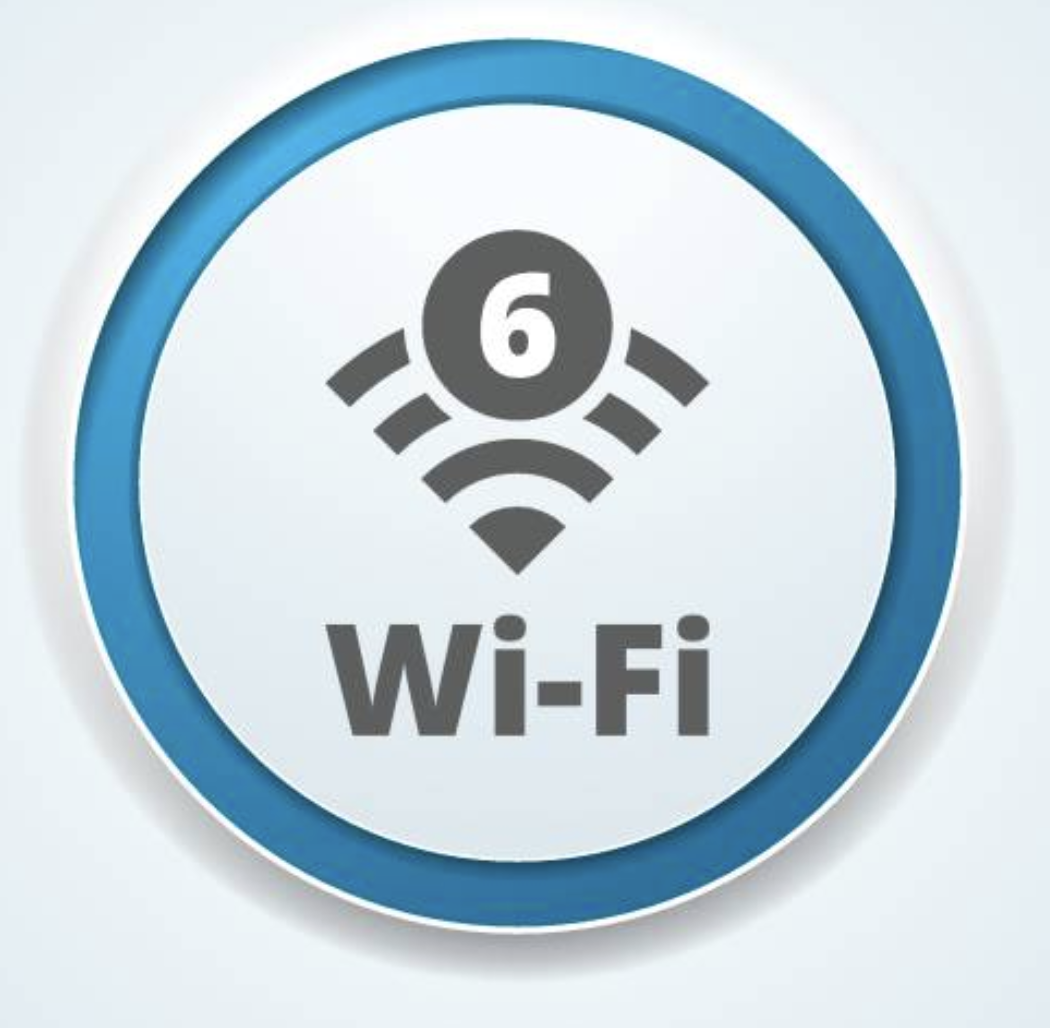
-
Vonets Minirouter WiFi Module
€38.00Vonets Mini Portable Wireless Router 300 Mbps WiFi Network Connection WiFi Hotspot Signal Booster Ap VAR11N-300
-
-
-
-
-
-
-
Plastic Optical Fiber Cutter
€8.00This cutter or guillotine is special for cutting plastic optical fiber. It also serves to prepare the cable and separate it correctly. (consult with us before the type of Plastic Fiber Optic cable that you are going to cut for an optimal result)
-
-
-
-
-
Chat with us on WhatsApp

